Alex Tremulis, Fortune Teller
By Jim and Cheryl Farrell
When the Gyron concept car was unveiled in 1961, few people realized it had taken five years to create. The idea came from Alex Tremulis, a Ford designer, who intended the Gyron as his answer to GM’s Firebird III. Starting in 1956, Mac Thompson and other young Ford designers worked on the Gyron. The final design of the Gyron, however, was created by Tremulis several years later, with lots of help from designers Elwood Engel, John Najjar, Gale Halderman, Syd Mead, Bill Dayton, and Phil Payne who were all assigned to Engel’s Corporate Advanced studio at the time.
Tremulis always said the Gyron was his ultimate aerodynamic design. He believed the Gyron was a breakthrough design that would influence all future car designs.
Approval to build the full-sized Gyron show car came after several full-sized clay models were discarded because they, frankly looked “too GM-like.” The final Gyron model was loosely based on a sketch Engel made years before in one of his school notebooks. The final Gyron was delta-winged and had two in-line wheels plus outrigger wheels on each side that supposedly came down to stabilize the car when it was stopped or when the onboard gyroscope was turned off. The futuristic interior of the Gyron was designed by Bill Dayton.
Even though the final Gyron was planned with an onboard gyroscope, the Ford Design Center soon figured out it didn’t have the budget for the $50,000 gyroscope, so a small electric motor was installed that would silently propel the Gyron along at about five mph with its outrigger wheels down. A battery was also installed that gave the Gyron lights and electric-powered steering. Engel drove the Gyron up and down the Design Center hallways, and on one occasion put lighted gel in the backend so the Gyron would “smoke” like it was rocket powered. You can also rest assured that Tremulis logged plenty of time behind the steering handles of the Gyron.
A Ford press release dated Mach 11, 1961, introduced the Gyron to the public. In general, people were fascinated with the idea of a two-wheeled, gyroscope-controlled car. That press release also implied the Gyron had all kinds of onboard computers, and it forecast the Gyron would be what all cars would look like in 30 years.
The Gyron was first shown publicly at the New York Auto Show starting April 1, 1961, with a display deigned by Bill Dayton. In May the Gyron was moved to the Ford Rotunda to help celebrate the 25th anniversary of the its reopening. On November 8, 1962, the Gyron and the elaborate City Of The Future display it was part of were lost in a catastrophic fire that destroyed the Rotunda.
Tremulis believed aerodynamics represented the future of car design, and he said so long and loud. His superiors at Ford didn’t see it the same way. After he left Ford in 1963, and for the rest of his life, Tremulis preached aerodynamics in car design. He was like an evangelist, and his projects included gyroscope-controlled high speed vehicles.
Between 1980–82, Ford lost $2 billion, and a lot of people thought it was headed for bankruptcy. It was rescued (if you will) by a new design direction championed by designers Jack Telnack, Fritz Mayhew, Ray Everts and others. That new/old direction was aerodynamics. In 1980, the Taurus/Sable program got underway, and the aerodynamic Taurus and Sable went on sale December 26, 1985. Between 1983-89 Ford made $30 billion, and it was almost all from Taurus and Sable sales. It’s not an overstatement to say that aerodynamics saved Ford.
Tremulis, who died in 1991, lived long enough to see his theories about the benefits of aerodynamic car design vindicated at Ford and elsewhere.
Photos: Ford Design
Books by Jim and Cheryl Farrell
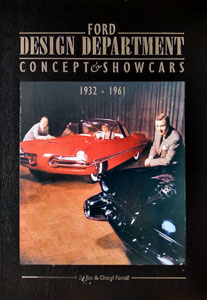
Ford Design Department—
Concepts & Showcars
1999, 10×13, 400 pages, Fully indexed
900 photos. Includes 150+ designers and sculptors, and highlights 100 concept cars.
ISBN 0-9672428-0-0
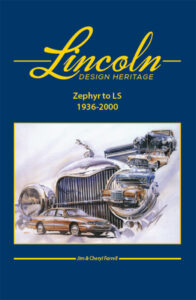
Lincoln Design Heritage:
Zephyr to LS (1936-2000)
2021, 10×13, 480 Pages, Fully Indexed
1,600 photos and illustrations
ISBN 978-0-9672428-1-1
The Ford book is $50 plus $7 S&H (US). The Lincoln book is $85 plus $10 S&H (US). Both books bought together are $110 plus $17 S&H (US). To order, email: cfarrell57@gmail.com

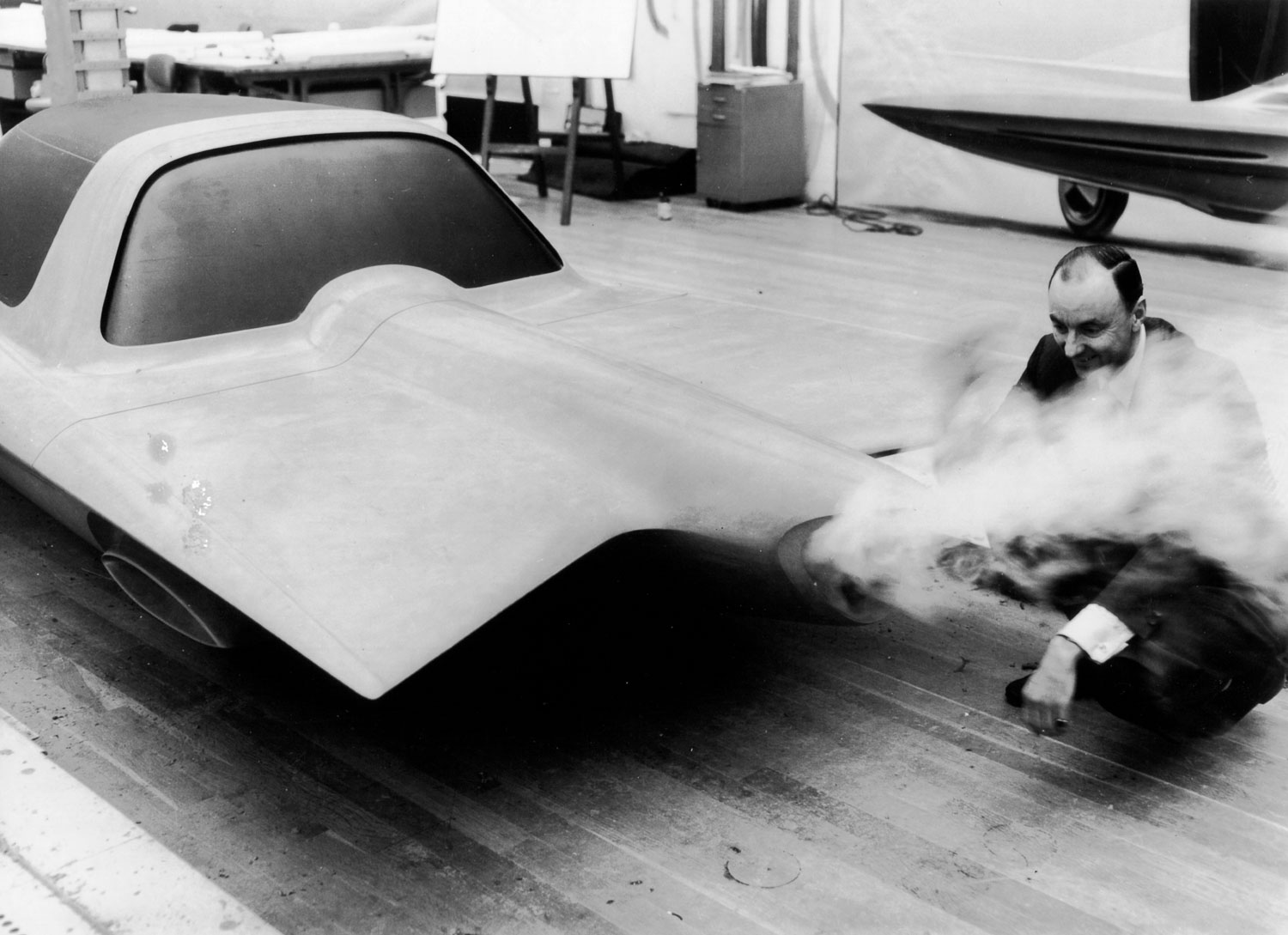

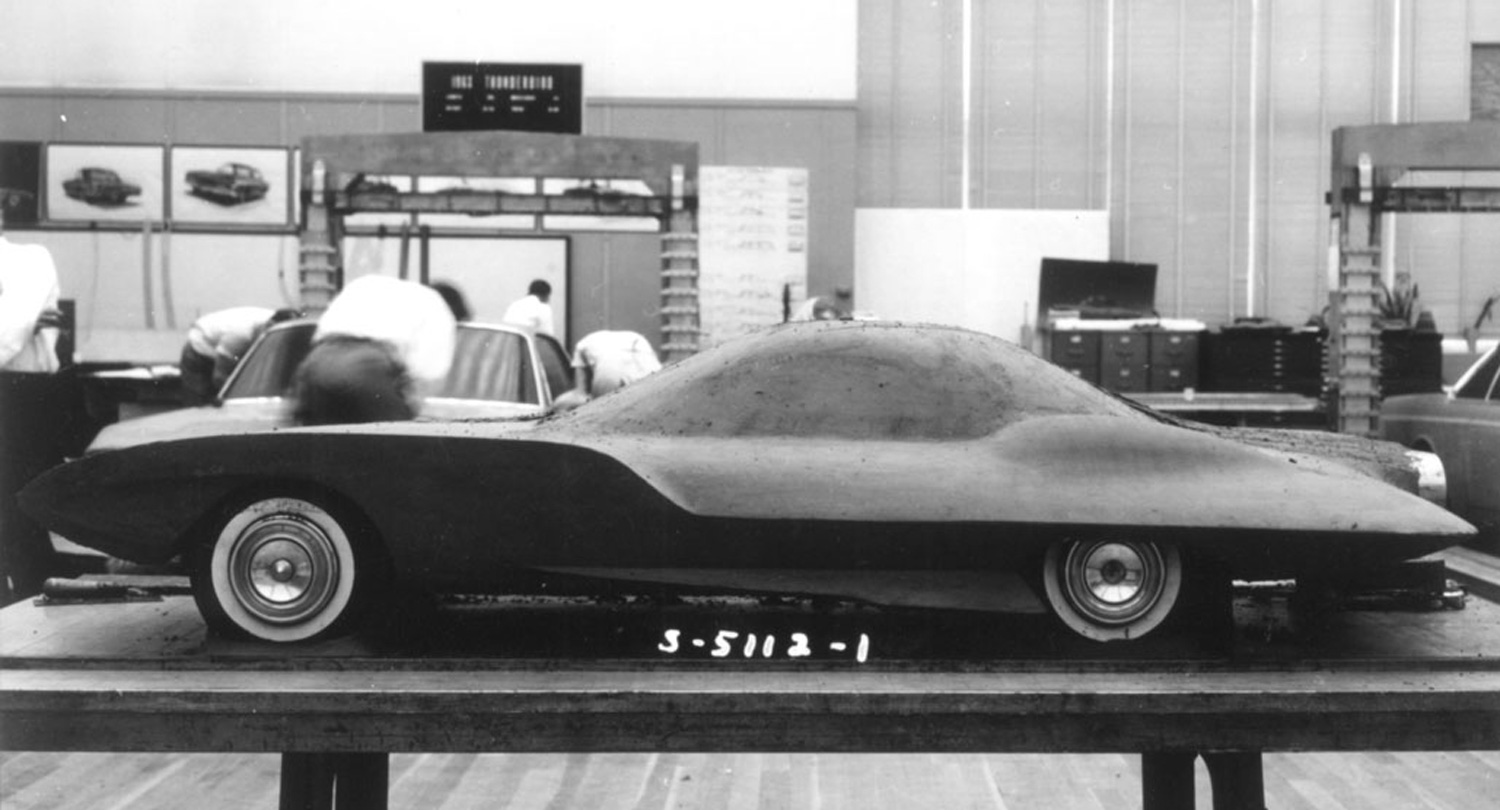
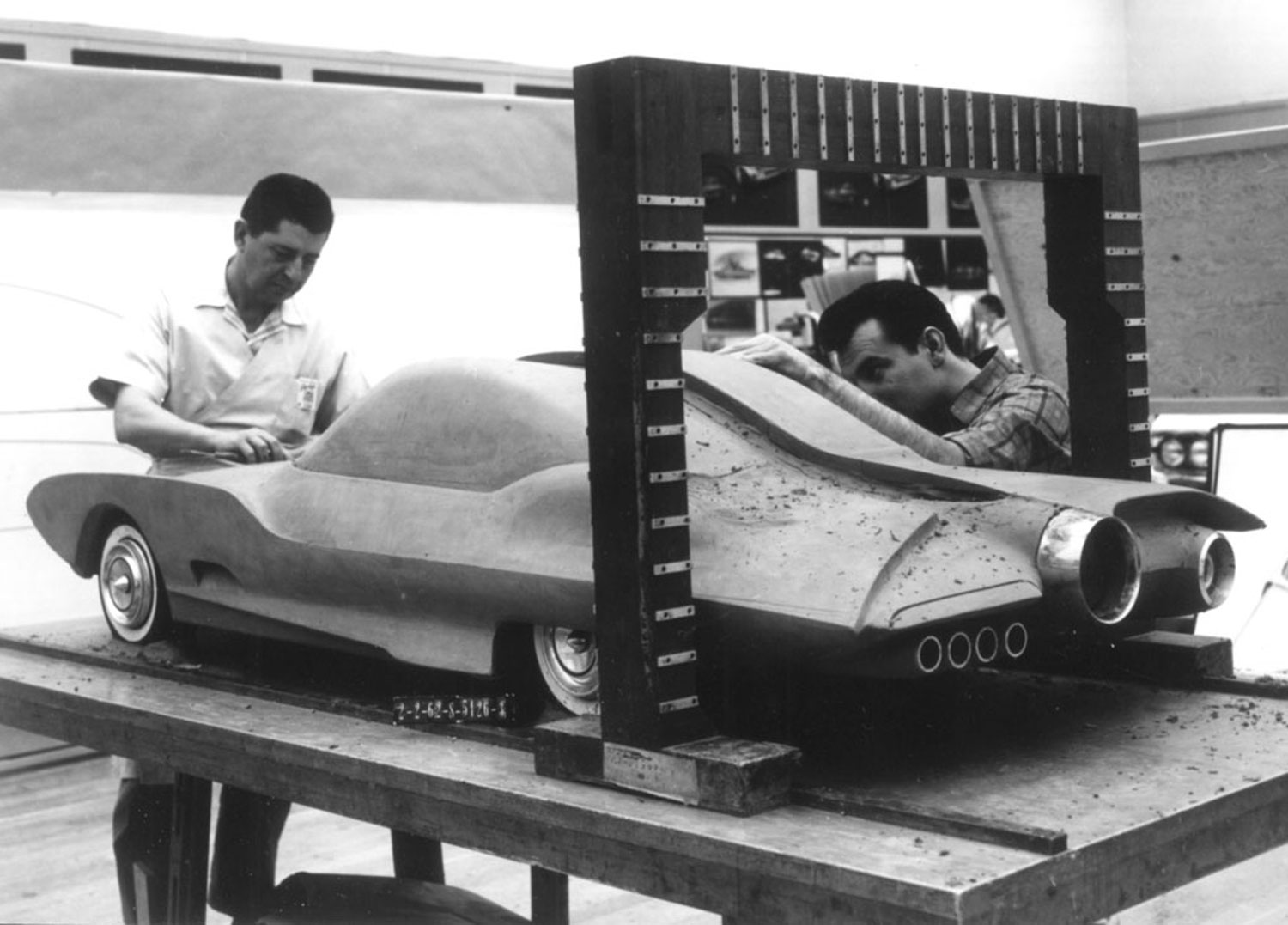
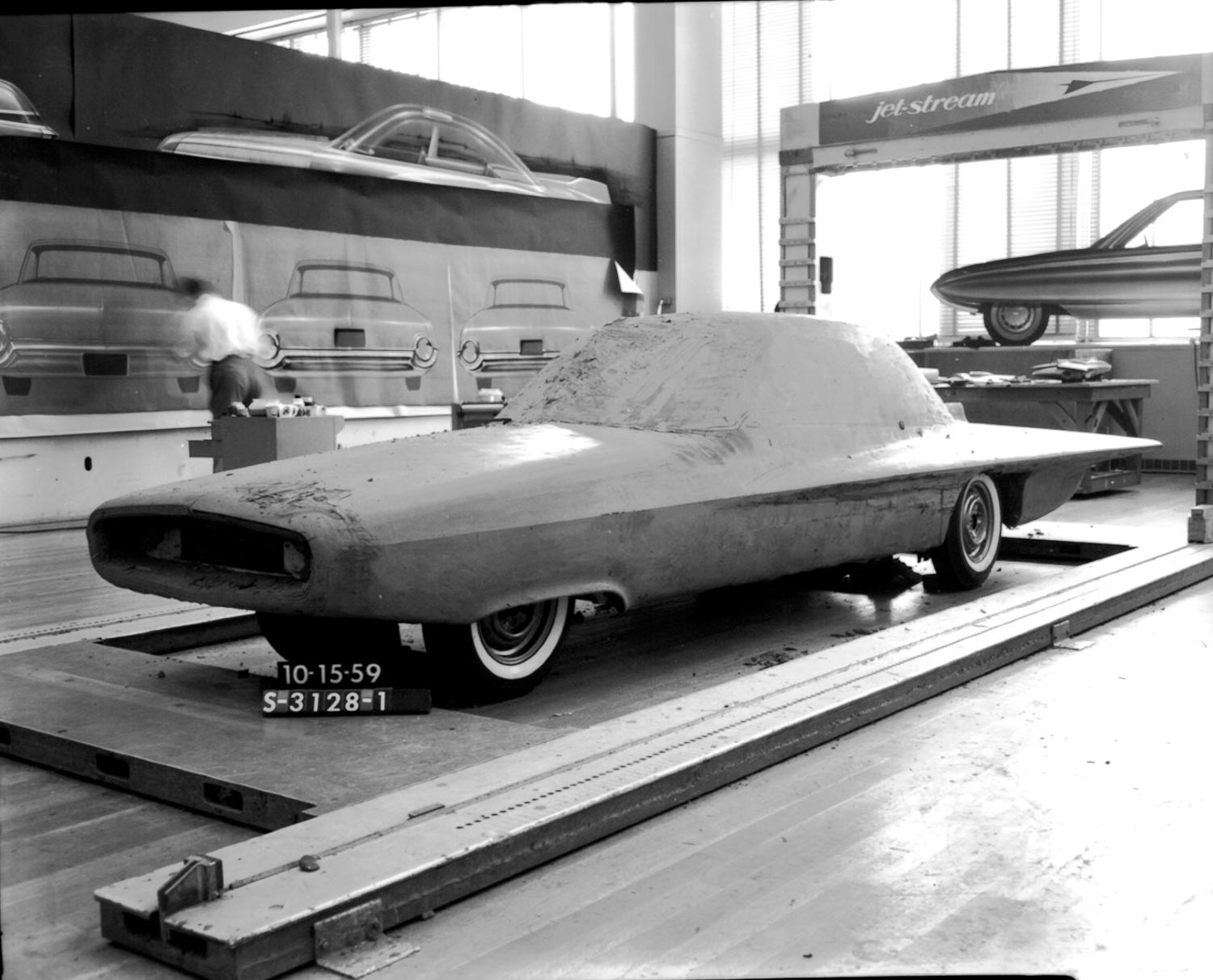
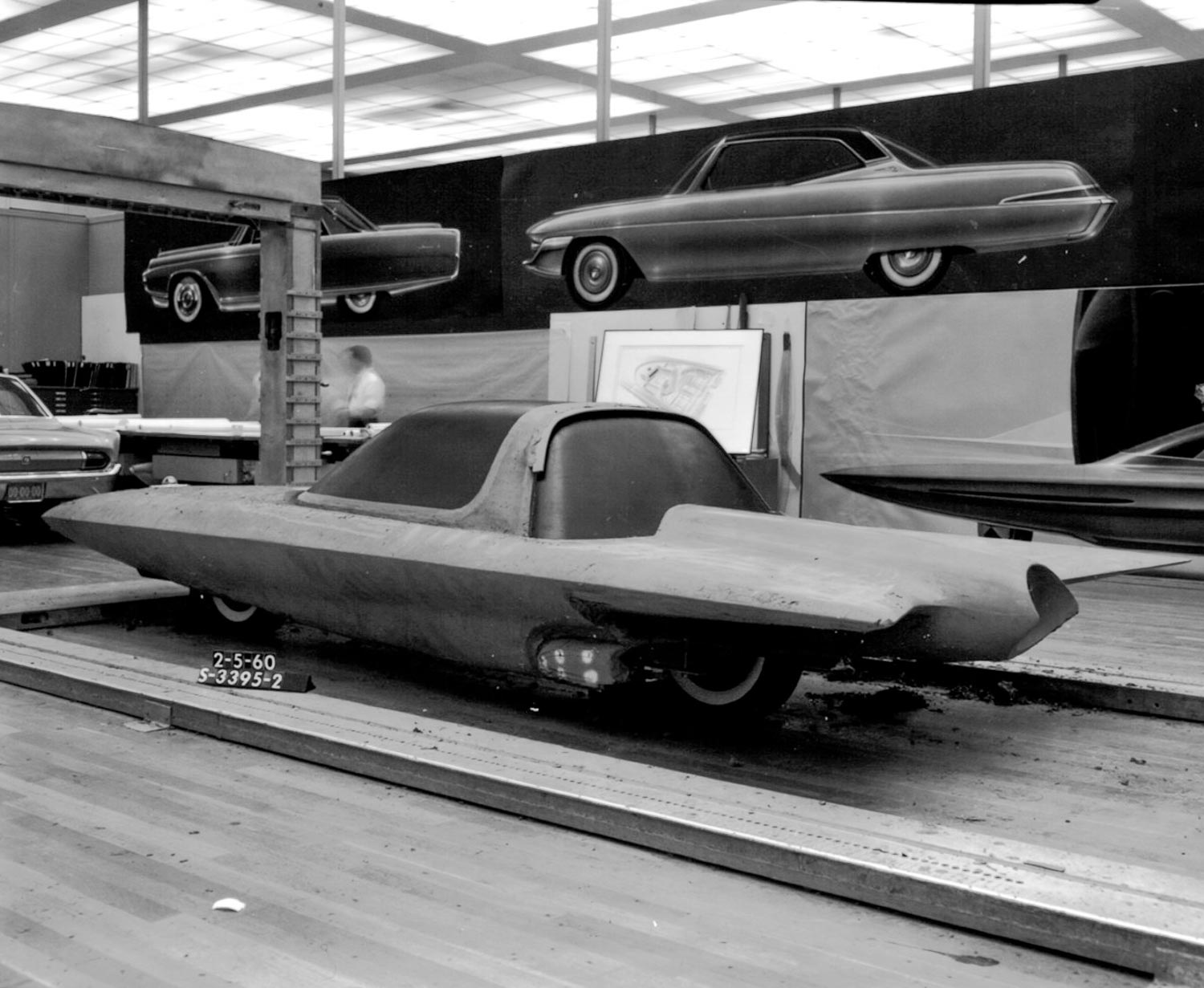
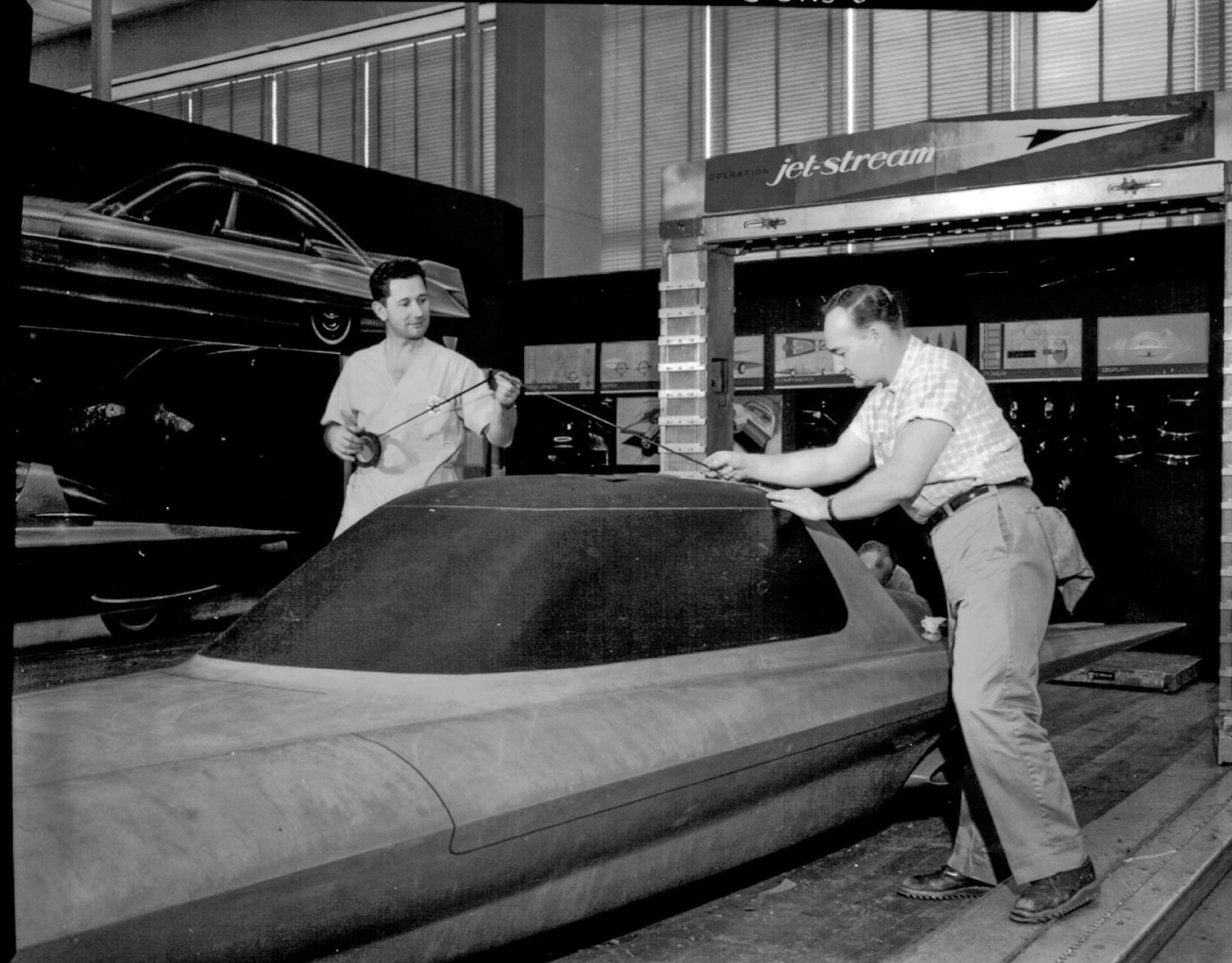
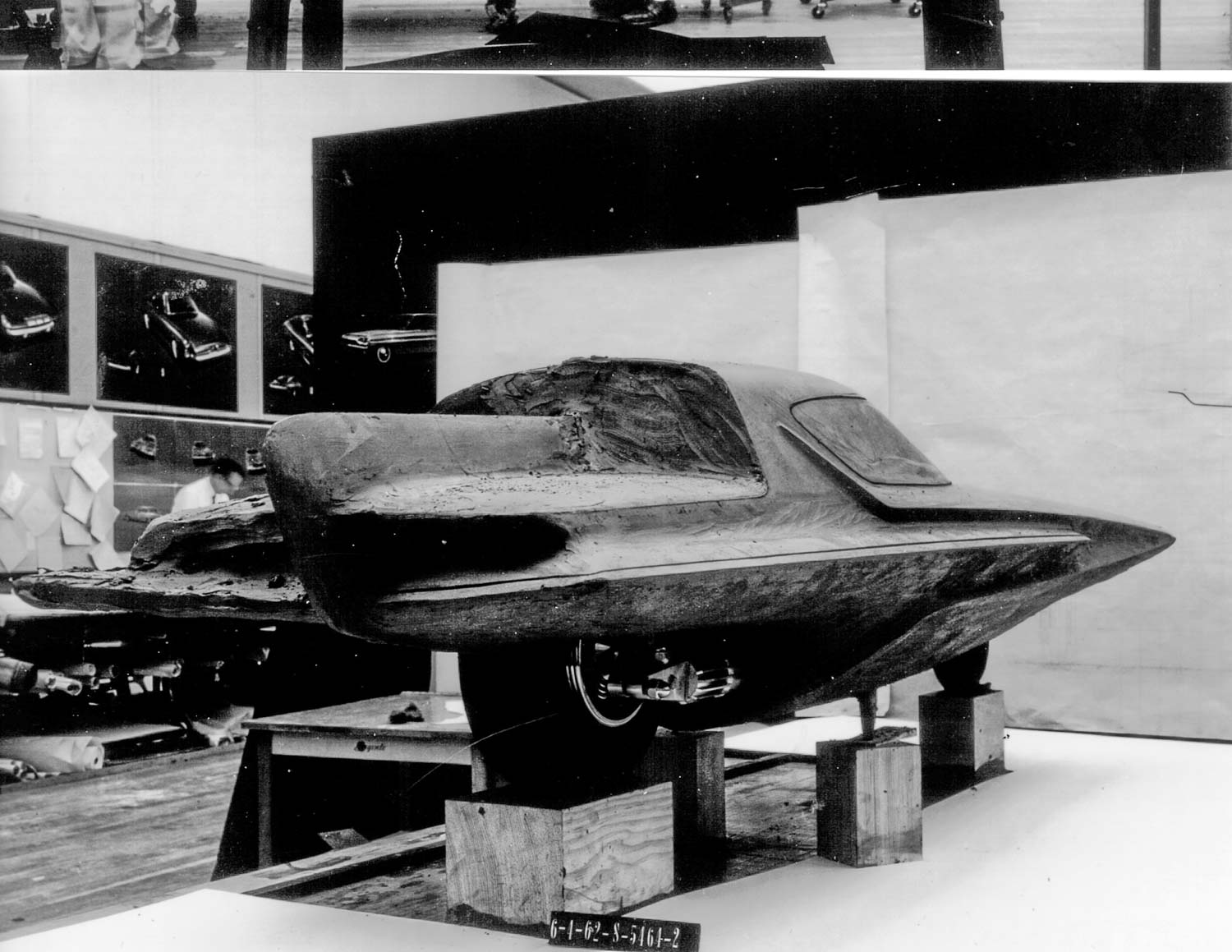
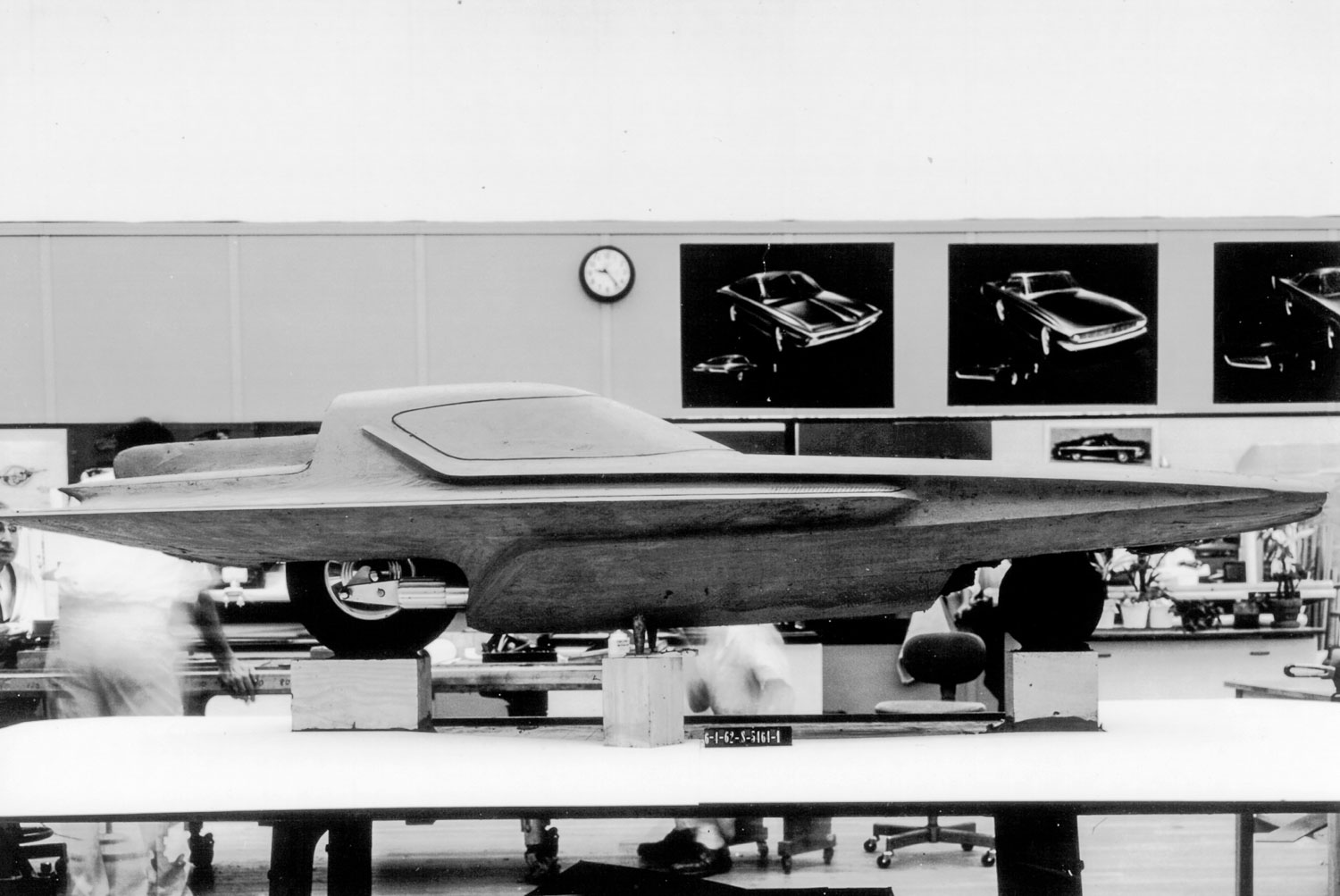
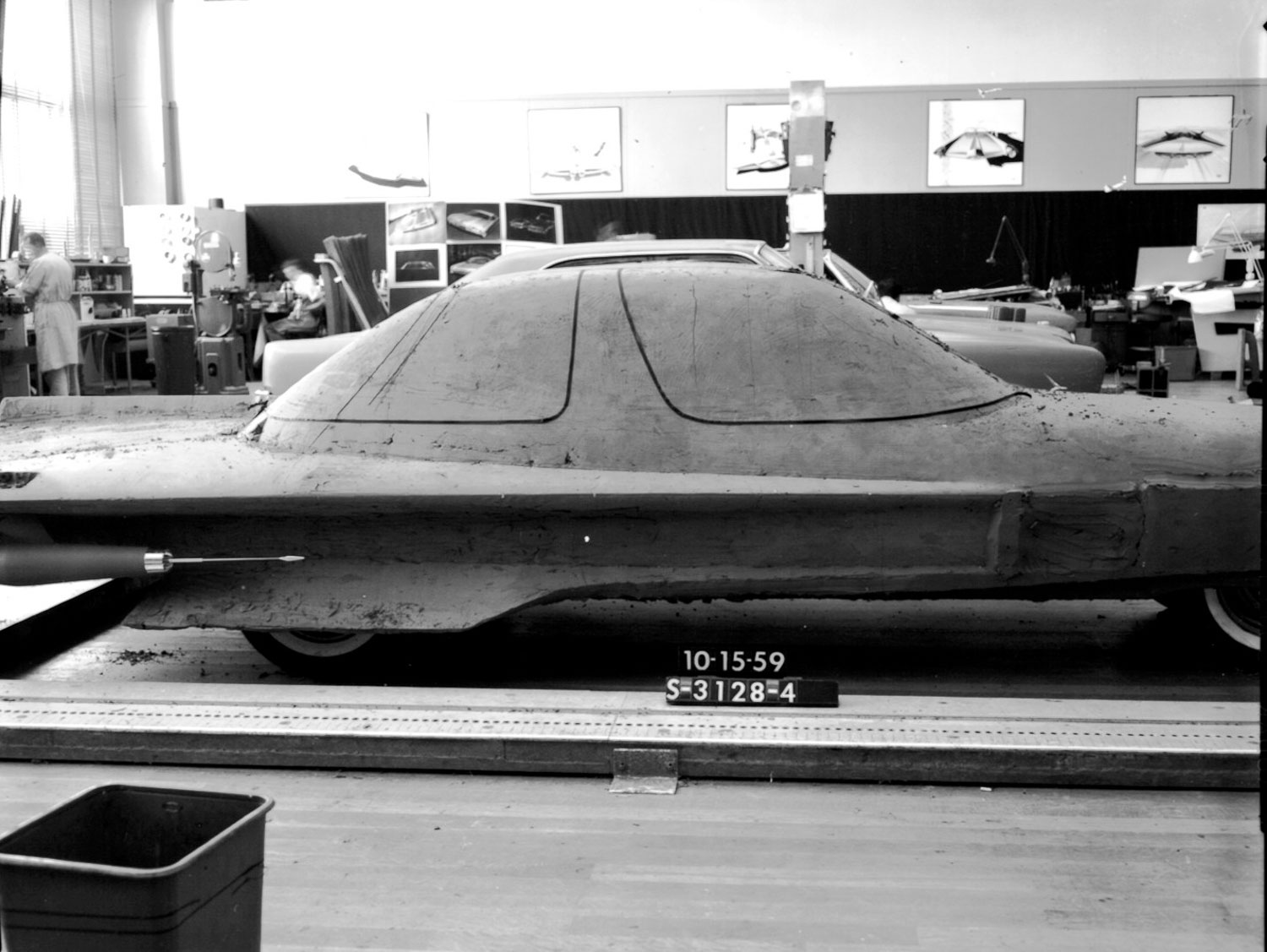
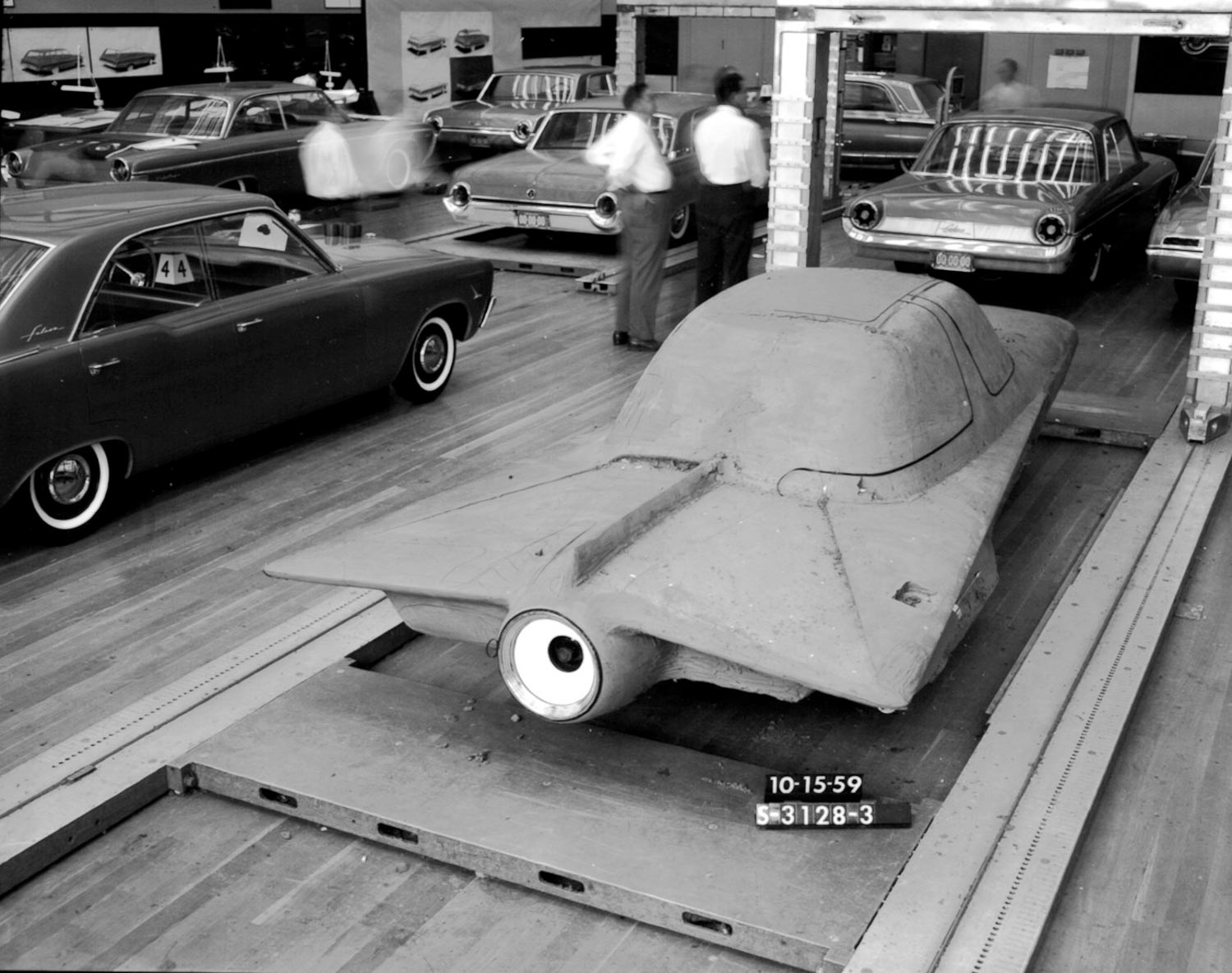
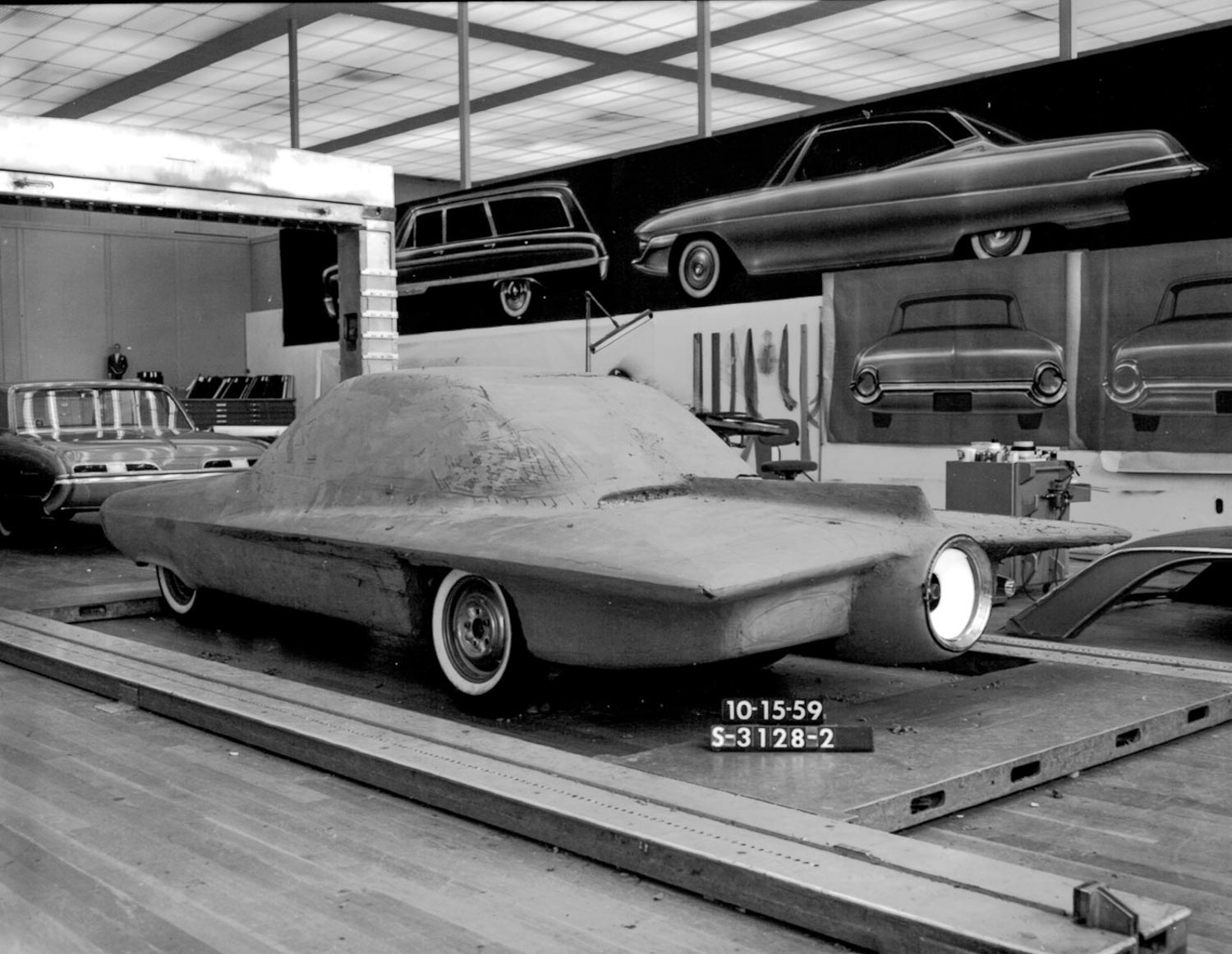
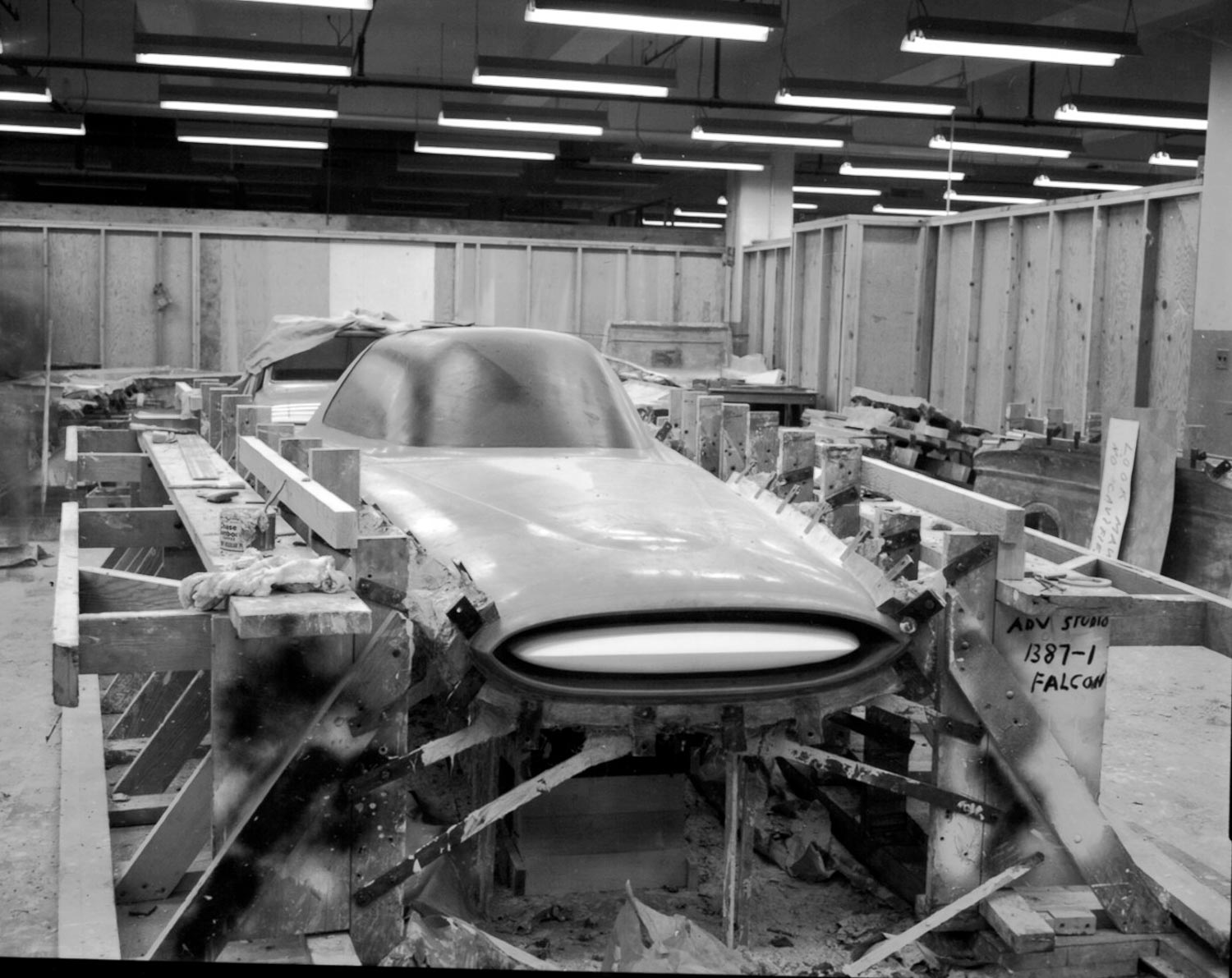
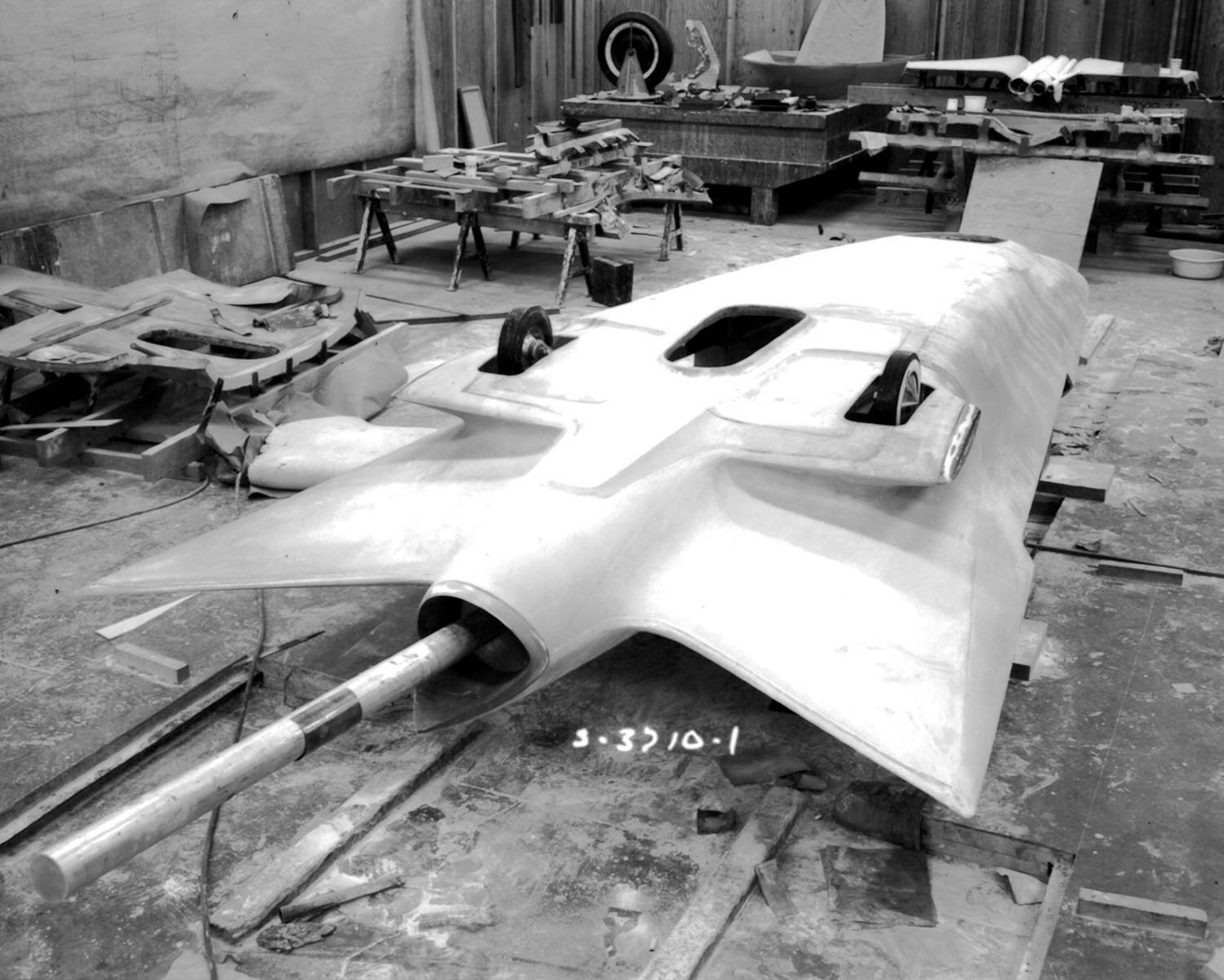
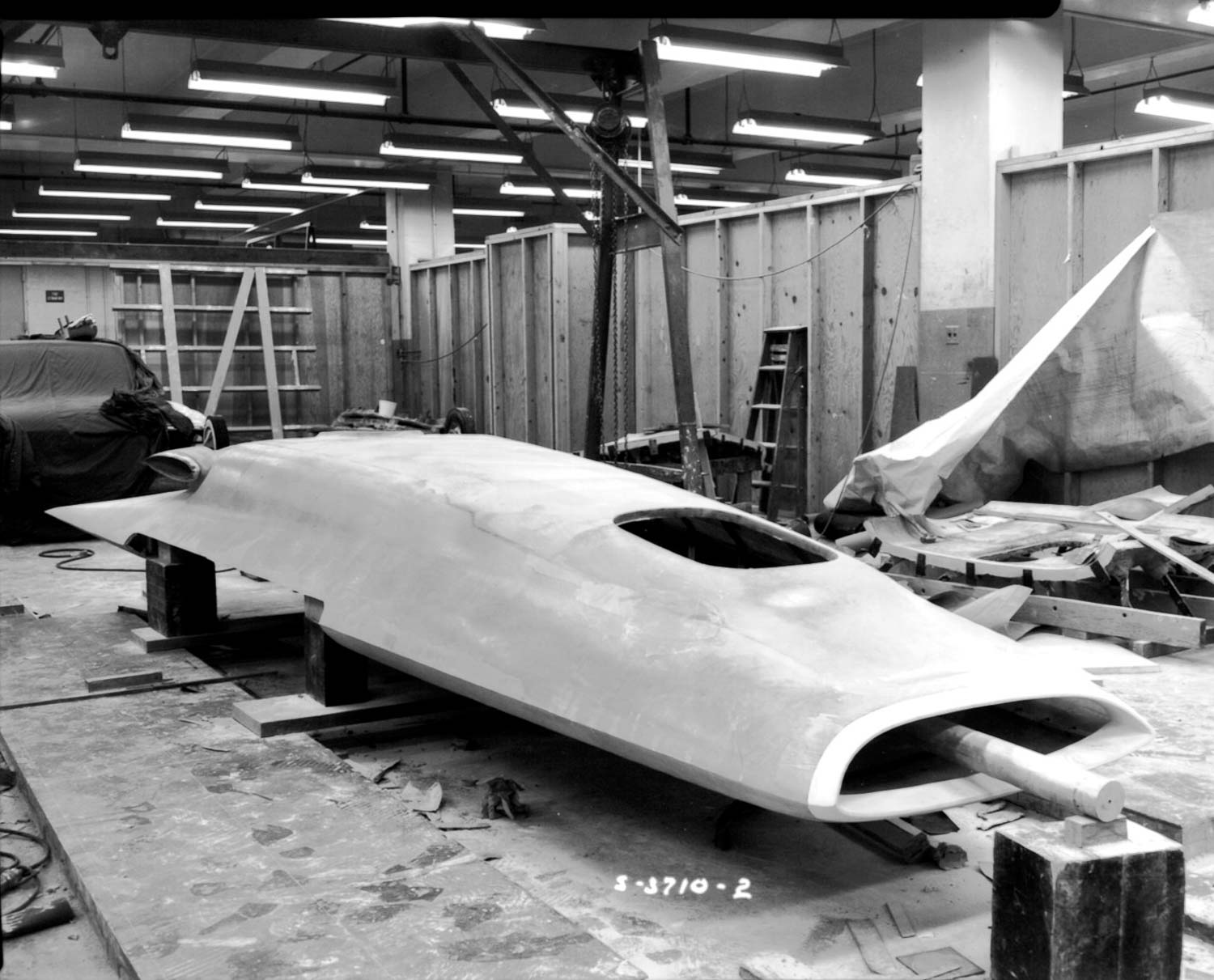
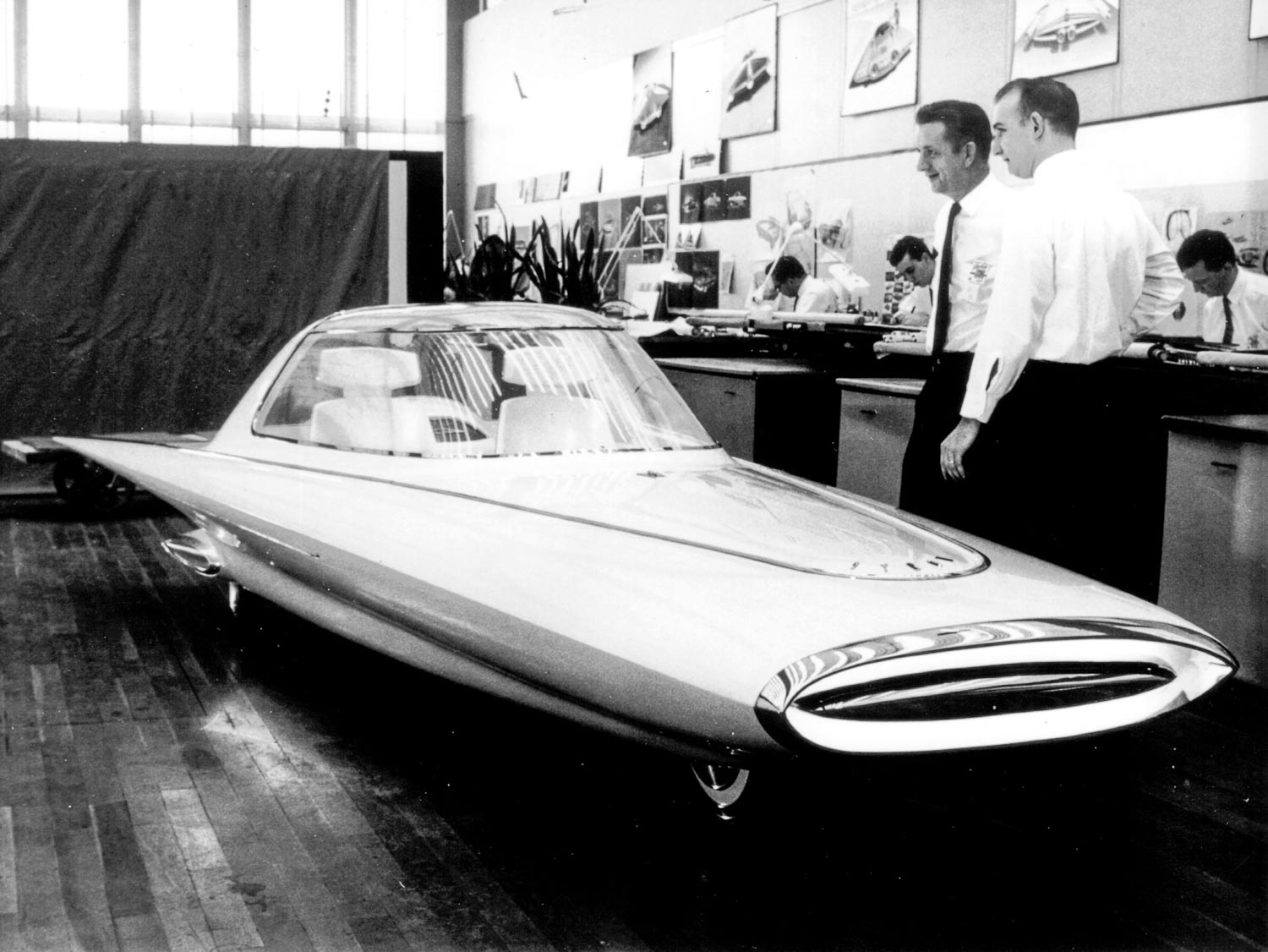
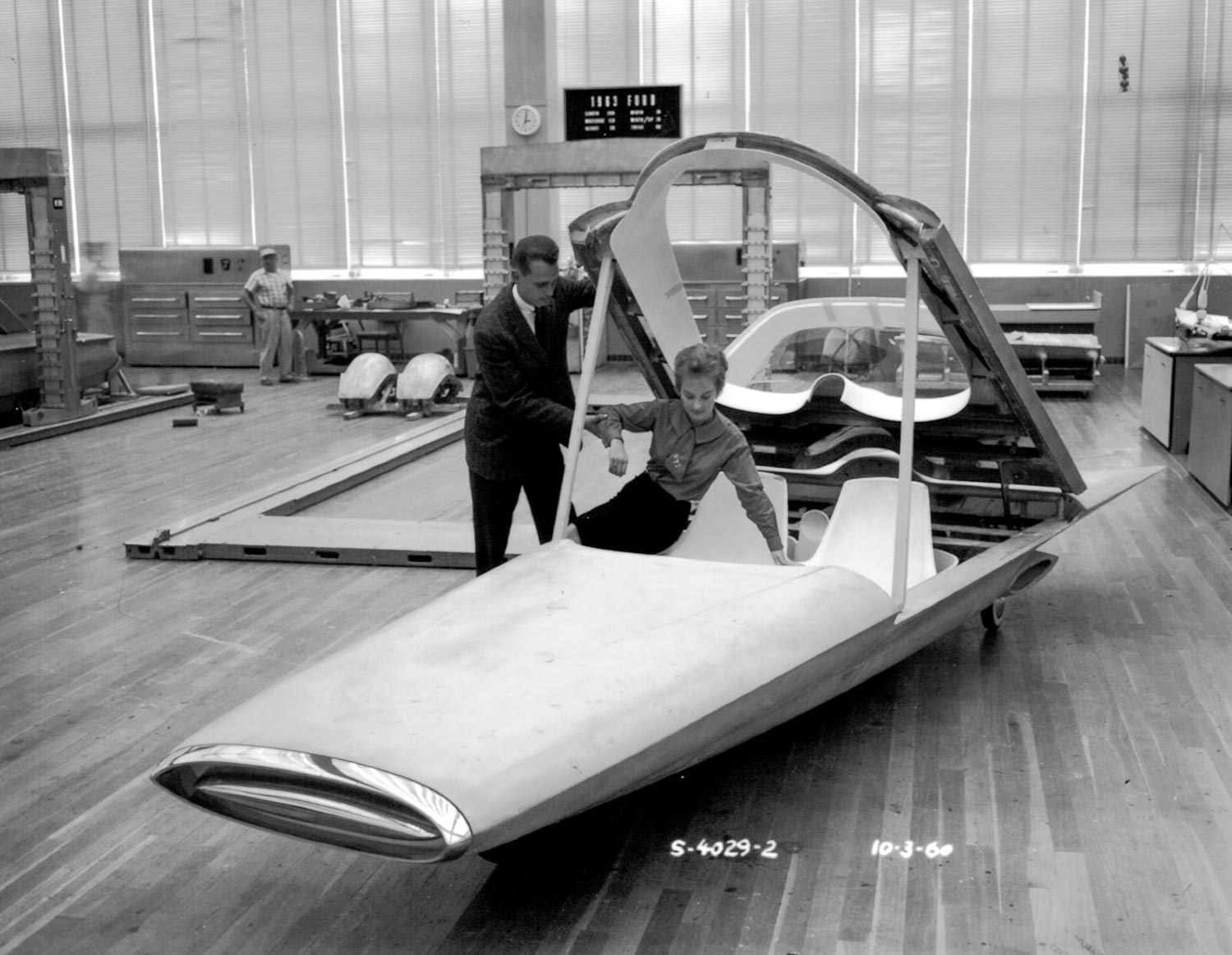
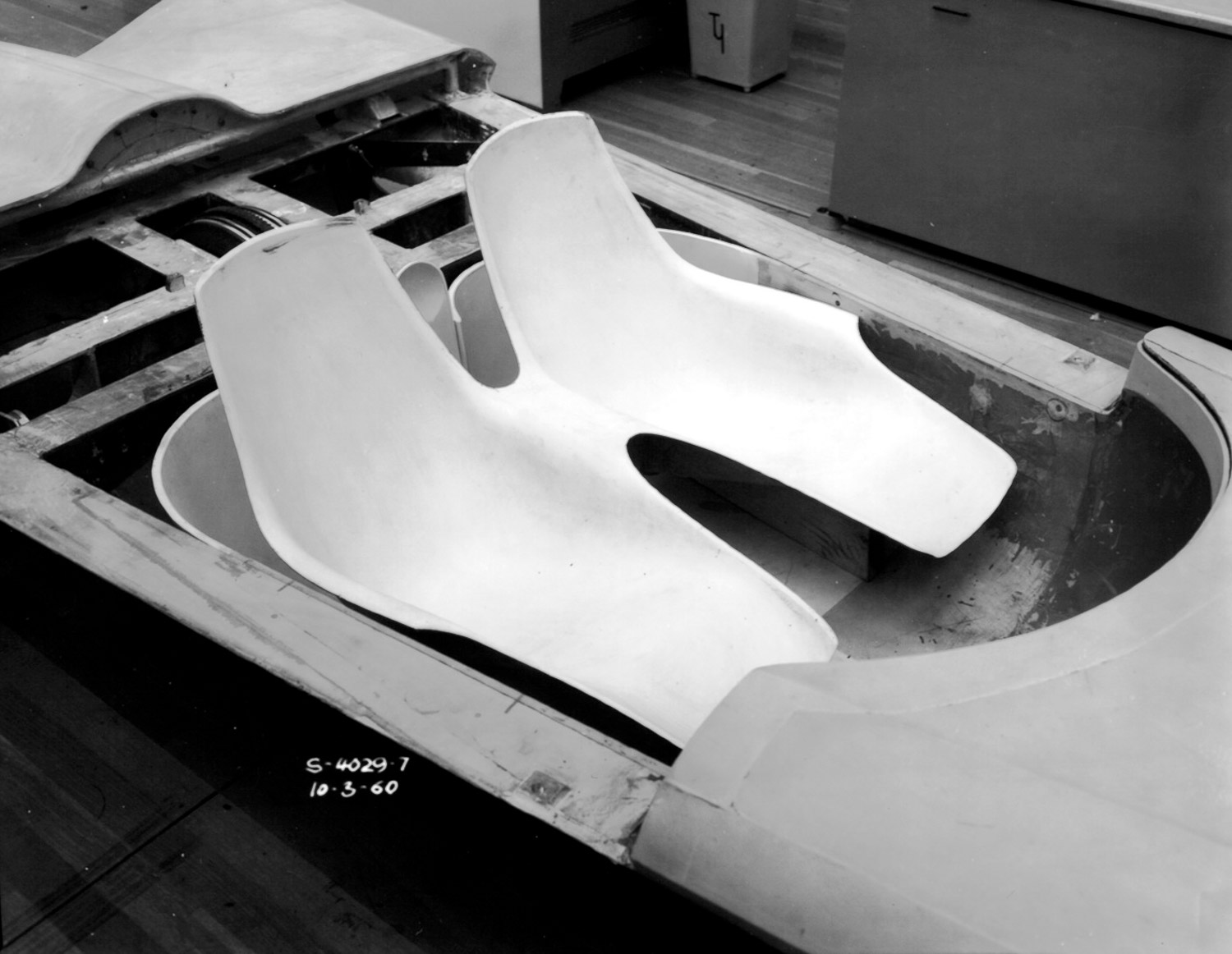
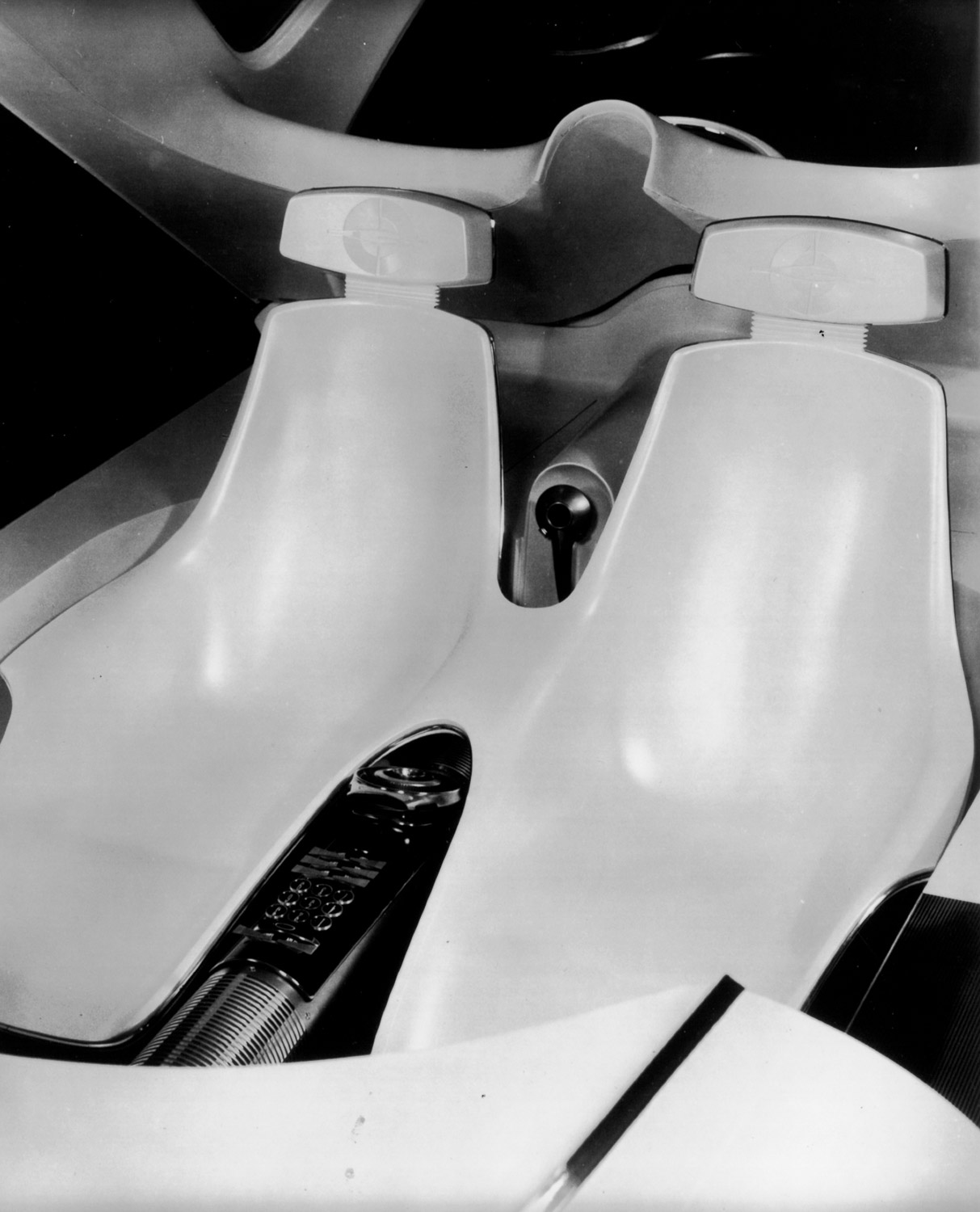
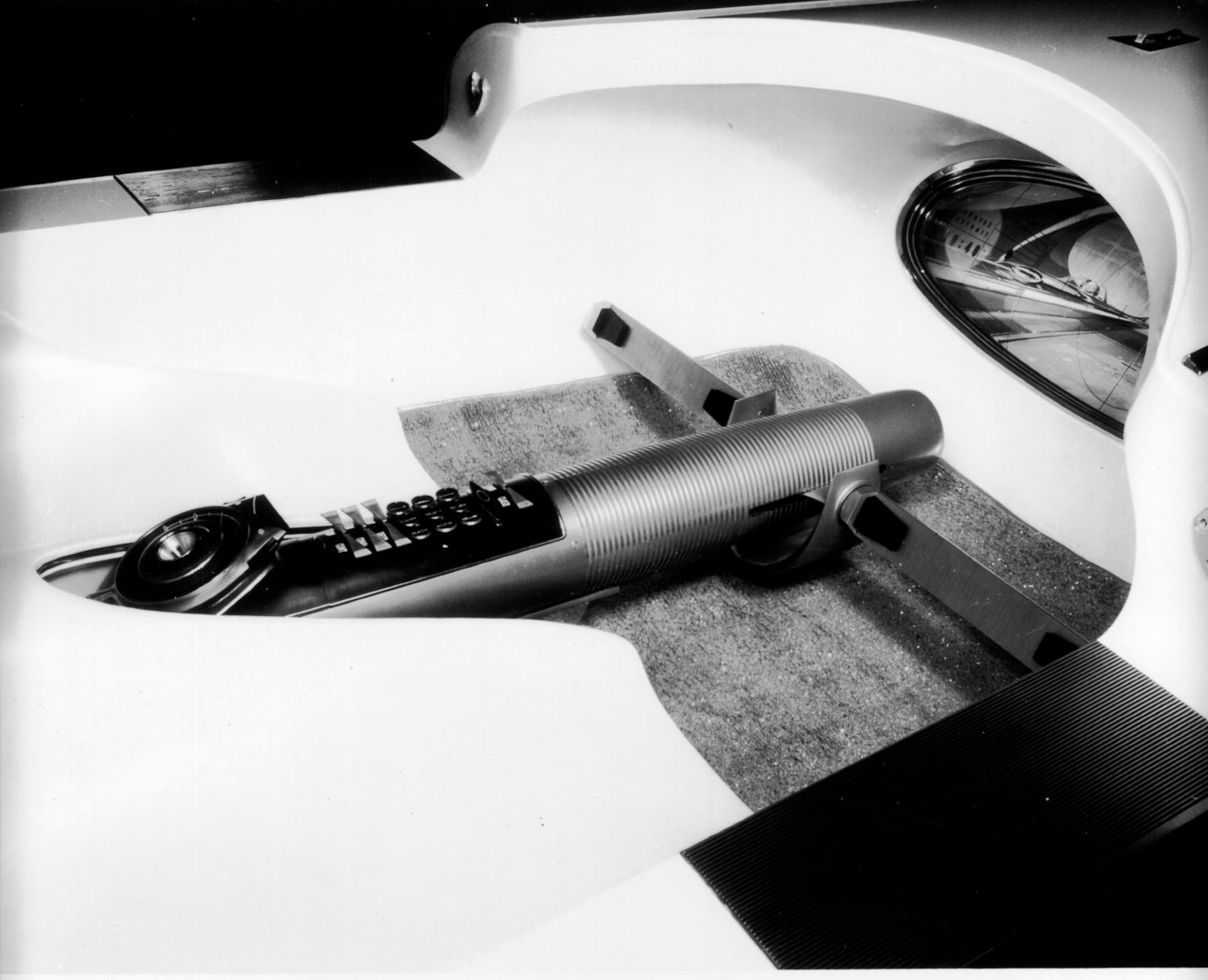
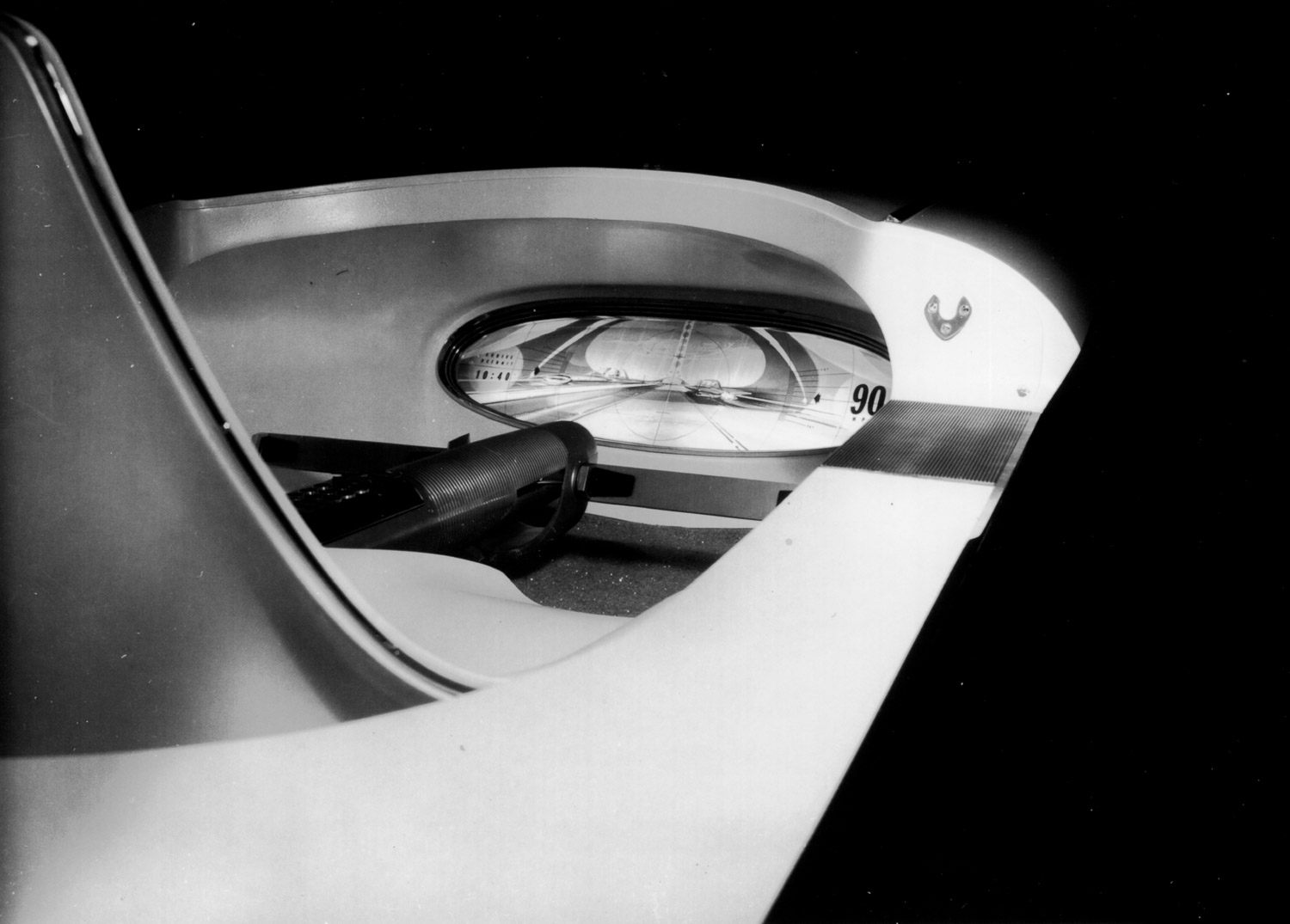
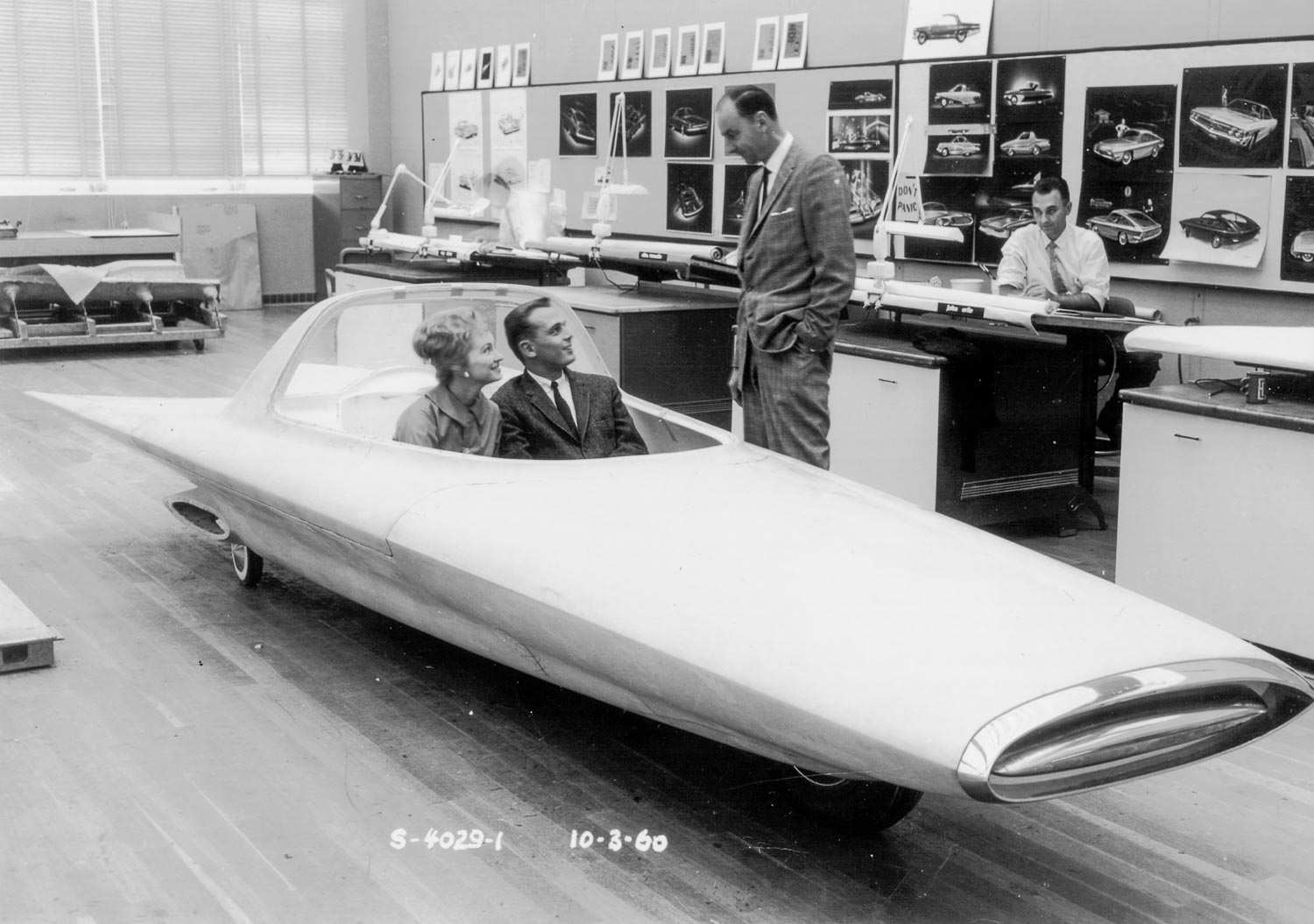
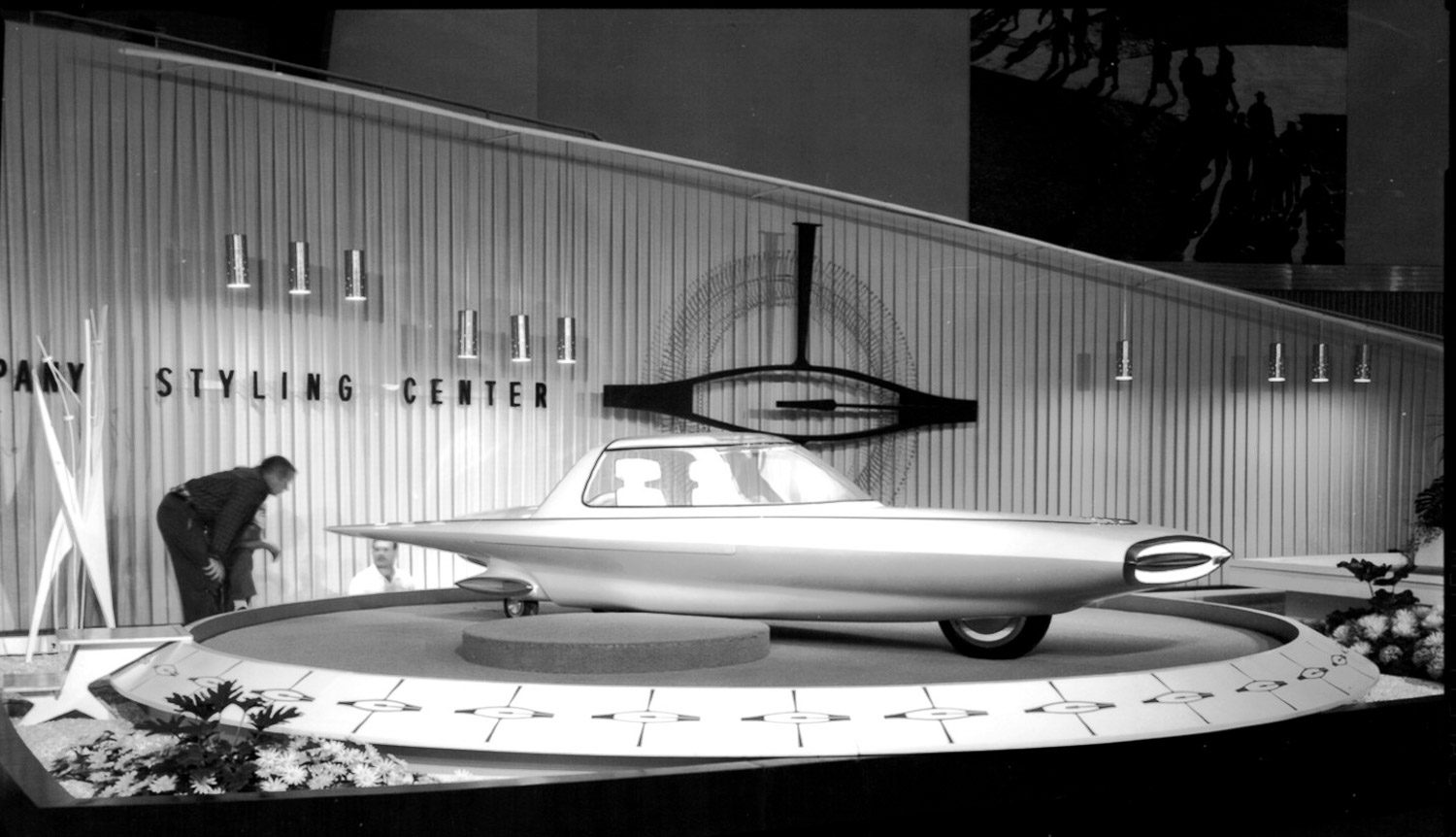
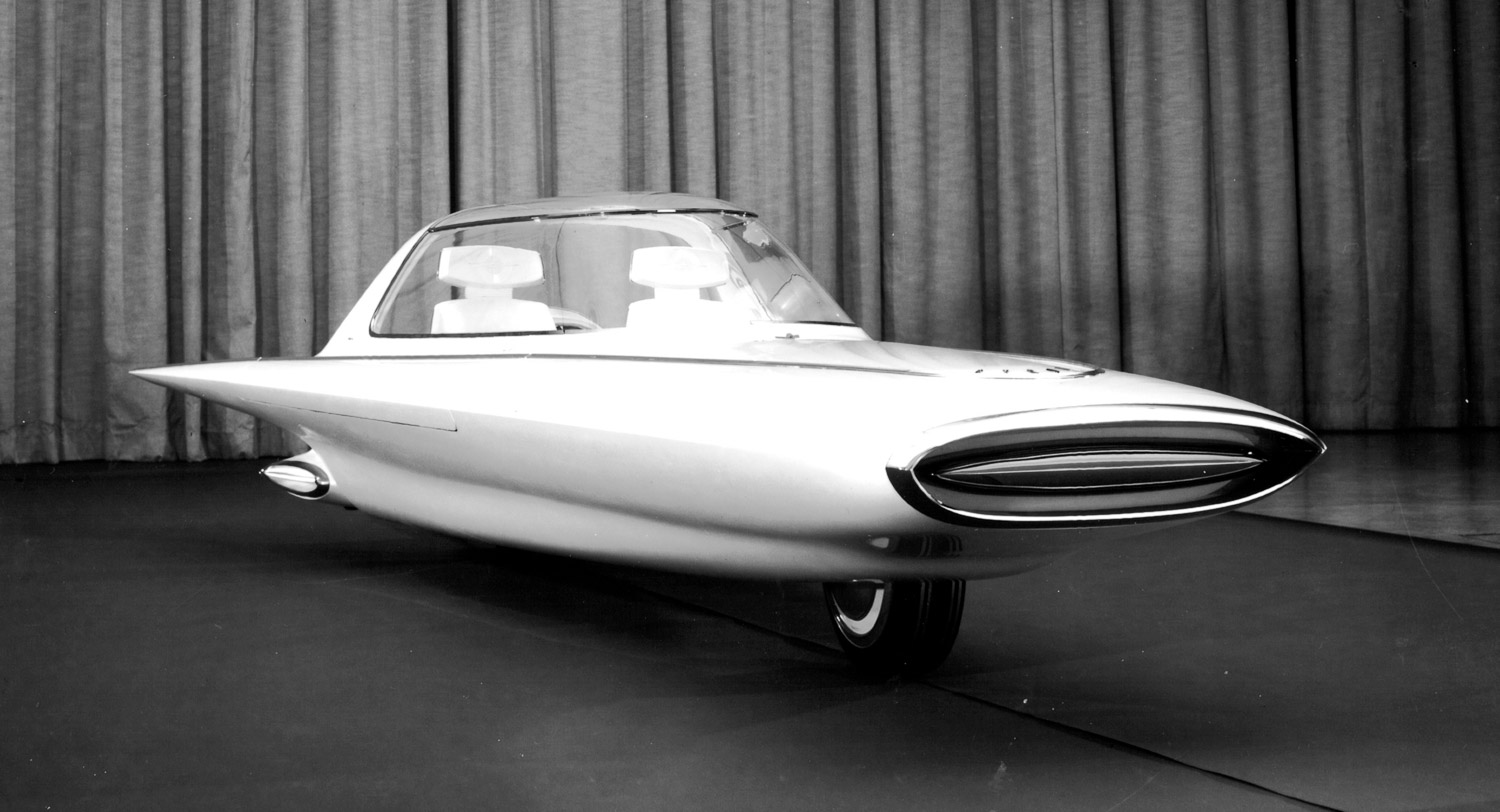
Just a note that I was at Ford of Europe from 1980 to 1983 when the radically aerodynamic Sierra was completed and introduced to a startled world, not used to such radical-looking Fords.
Of course we had many visits from Ford US executives during this period. We had it on good authority—Jack Telnack in particular—that their sightings of the Sierra-to-be were instrumental in acclimating them to the strikingly different look being developed in the studio for the Taurus/Sable.
Intriguing article about my former supervisor Alex Tremulis and the Gyron. Alex was quite a guy, a good leader, excellent mentor and good friend. Sadly he is now lost to us and I’m the only survivor of that list of names. Time passes.
I dated the young lady, before meeting my wife, seen getting into the Gyron. Her name was Shirley Johnson and the man helping her was Dick Avery—a fellow slum from CIA.
The Gyron was a stimulating project for all of us, but the most fun was watching Syd Mead illustrate his far-out designs. I’ll never get to that level.
Thanks, Cheryl &Jim for reminding us all of fun times in the automotive styling business.
A VERY similar car to the Gyron, called the 1967 Gyro-X also designed by Tremulis has been fully restored and now resides at the Lane Motor Museum in Nashville, TN.
Just like the hot-rodders found a workable turbine engine to replace the original one from the Turbine car, this car deserved to have a retrofitted gyro and to become operational (not with rocket power@!)
Correction to my previous note: Regarding Dick Avery, he was a fellow alumnus from the Cleveland Institute of Art – but Spellcheck decided to “help” by changing it to “slum.” Thanks, Spellcheck!
Another is, I can be seen at my drawing board just past Russ Smith & Gale Haldeman standing in front of the Gyron. I had dark hair then & more of it.